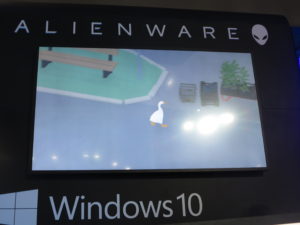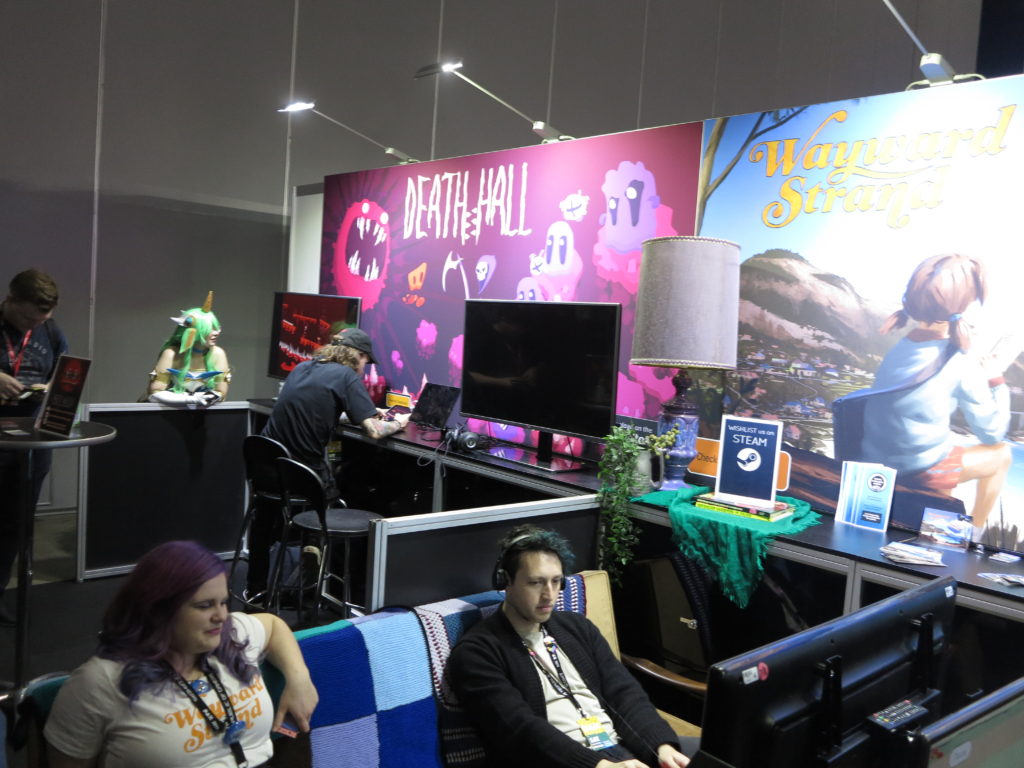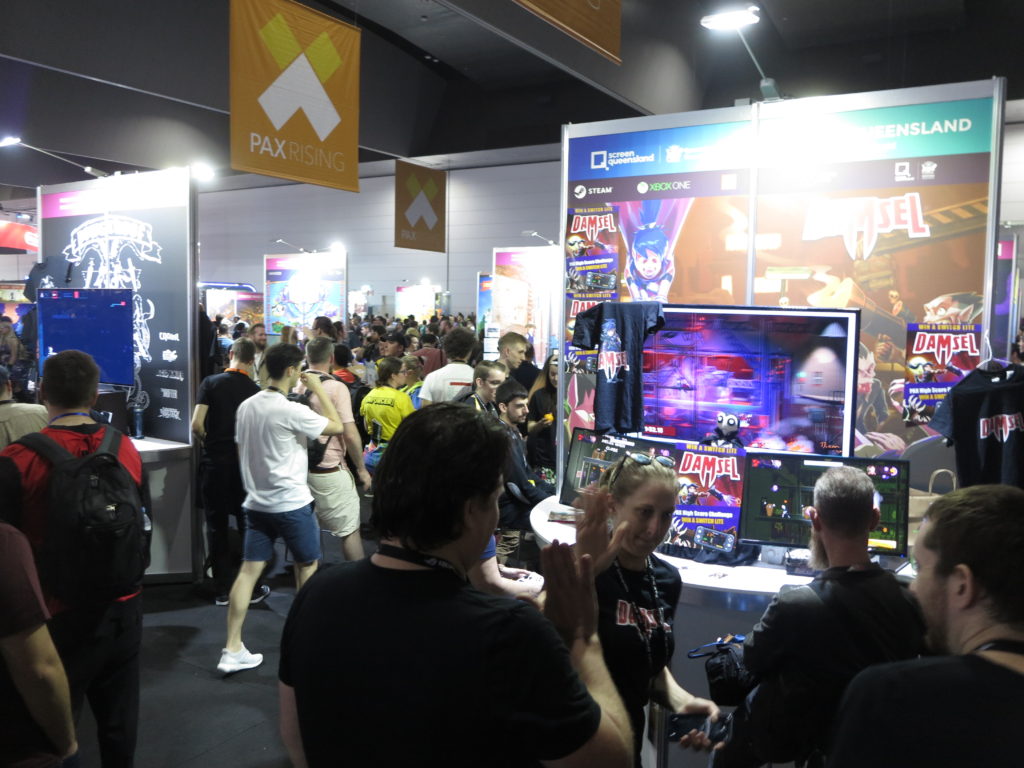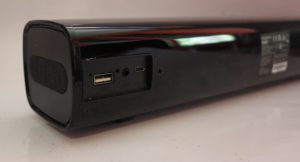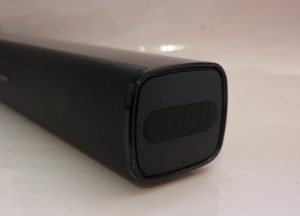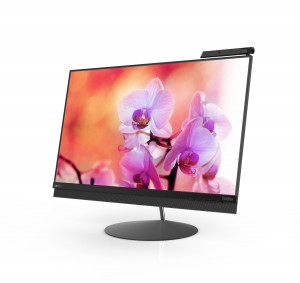
Gigaclear underscores the value of infrastructure-level competition
An issue that will be worth raising regarding the quality of service for newer high-speed fixed-line broadband services is the existence of infrastructure-level competition.
When we talk of infrastructure for a fixed-line Internet service, we are talking of copper and/or fibre-optic cabling used to take this service around a neighbourhood to each of the customers’ premises.
Then each premises has a modem of some sort, that in a lot of cases is integrated in the router, which converts the data to a form that makes it available across its network. A significant number of these infrastructure providers will supply the modem especially if they cannot provide a “wires-only” or “bring your own modem” service due to the technology they are implementing and, in a lot of these cases, will legally own the modem.
In Europe, Australia and some other countries, this broadband infrastructure is provided by an incumbent telco or an infrastructure provider and multiple retail-level telecommunications and Internet providers lease capacity on this infrastructure to provide their services to the end-user. This is compared to North America where an infrastructure provider exclusively provides their own retail-level telecommunications and Internet services to end users via their infrastructure.
In a lot of cases where multiple retail telecommunications and Internet providers use the same infrastructure, the incumbent telco may be required to divest themselves of their fixed-line infrastructure to a separate privately-owned or government-owned corporation in order to satisfy a competitive-service requirement. This means that they cannot provide a retail Internet or telecommunications service over that infrastructure at a cost advantage over competitors offering the same service over the same infrastructure. Examples of this include Openreach in the UK, NBN in Australia and Chorus in New Zealand.
A problem with having a dominant infrastructure provider is that there is a strong risk of this provider offering to retail telecommunications providers and their end-users poor value for money when it comes to telecommunications and Internet services. It also can include this provider engaging in “redlining” which is the practice of providing substandard infrastructure or refusing to provide any infrastructure to neighbourhoods that they don’t perceive as being profitable like those that are rural or disadvantaged.
Some markets like the UK and France implement or encourage infrastructure-level competition where one or more other entities can lay their own infrastructure within urban or rural neighbourhoods. Then they can either run their own telecommunications and Internet services or lease the bandwidth to other companies who want to provide their own services.
Infrastructure-level competition
Where infrastructure-level competition exists, there are at least two different providers who provide street-based infrastructure for telecommunications and Internet service. The providers may run their own end-user telecommunications and Internet services using this infrastructure and/or they simply lease the bandwidth provided via this infrastructure to other retail Internet providers to provide these services to their customers.
Some competitors buy and use whatever “dark fibre” that exists from other previous fibre-optic installations to provide this service. Or they provide an enterprise communications infrastructure for government or big business in a neighbourhood but use dark fibre or underutilised fibre capacity from this job for offering infrastructure-level competition in that area.
As well, larger infrastructure operators who pass many premises in a market may be required to open up their infrastructure to telcos and Internet service providers that compete with their retail offering. This is something that ends up as a requirement for a highly-competitive telecommunications environment.
This kind of competition allows a retail-level telco or ISP to choose infrastructure for their service that offers them best value for money. This is more important for those retail-level ISPs and telcos who offer telecommunications and Internet to households and small businesses. As well, whenever a geographic area like a rural neighbourhood or new development is being prepared for high-speed broadband Internet, it means that the competing infrastructure providers are able to offer improved-value contracts for the provision of this service in that area.
Infrastructure-level competition also allows for the retail-level providers to innovate in providing their services without needing to risk much money in their provision. It can allow for niche providers such as high-performance gaming-focused ISPs or telcos that offer triple-play services to particular communities.
There is also an incentive amongst infrastructure providers to improve their customer service and serve neighbourhoods that wouldn’t otherwise be served. It is thanks to the risk of retail ISPs or their customers jumping to competitors if the infrastructure provider doesn’t “cut the mustard” in this field. As well, public spending on broadband access provision benefits due to the competition for infrastructure tenders for these projects.
What needs to happen
Build-over conditions
An issue commonly raised by independent infrastructure providers who are the first to wire-up a neighbourhood is the time they have exclusive access to that market. It is raised primarily in the UK by those independent infrastructure providers like Gigaclear or community infrastructure co-operatives like B4RN who have engaged in wiring up a rural community with next-generation fibre-optic broadband whether out of their pocket or with financial assistance from local government or local chambers of commerce.
This is more so where an established high-profile infrastructure provider that has big-name retail Internet providers on its books hasn’t wired-up that neighbourhood yet or is providing a service of lower capability compared to the independent provider who appeared first. For these independent operators, it is about making sure that they have a strong profile in that neighbourhood during their period of exclusivity.
Then, when the established infrastructure provider offers an Internet service of similar or better standard to the independent provider, the situation is described as a “build-over” condition. It then leads to the independent provider becoming a infrastructure-level competitor against the established provider which may impinge on cost recovery as far as the independent’s infrastructure is concerned. Questions that will come up include whether the independent operator should be compensated for loss of exclusivity in the neighbourhood, or allowing a retail ISP or telco who used the independent’s infrastructure to offer their service on the newcomer’s infrastructure.
Pits, Poles and Pipes
Another issue that will be raised is the matter of the physical infrastructure that houses the cable or fibre-optic wiring i.e. the pits, poles and pipes. These may be installed and owned by the telecommunications infrastructure provider for their own infrastructure or they may be installed and owned by a third-party operator like a utility or local council.
The first issue that can be raised is whether an infrastructure provider has exclusive access to particular physical infrastructure and whether they have to release the access to this infrastructure to competing providers. It doesn’t matter whether the infrastructure provider has their own physical infrastructure or gains access rights to physical infrastructure provided by someone else like a local government or utility company.
The second issue that also can crop up is access to public thoroughfares and private property to install and maintain infrastructure. This relates to legal access powers that government departments in charge of the jurisdiction’s regulated thoroughfares like roads and rails may provide to the infrastructure provider; or the wayleaves and easements negotiated between property owners and the infrastructure provider. In the context of competitive service, this may be about whether or not an easement, for example, is exclusive to a particular infrastructure provider.
Sustainable competition
Then there is the issue of sustainable competition within the area. This is where the competitors and the incumbent operator can make money by providing infrastructure-level Internet service yet the end-users have the benefits of a highly-competitive market. A market with too much competition can easily end up with premature consolidation where various retail or infrastructure providers cease to exist or end up merging.
Typically the number of operators that can sustainably compete may he assessed on the neighbourhood’s adult population count or the number of households and businesses within the neighbourhood. Also it can be assessed on the number of households and businesses that are actually taking up the broadband services or likely to do so in that neighbourhood.
Retail providers having access to multiple infrastructure providers
An issue that will affect retail-level telcos and ISPs is whether they have access to only one infrastructure operator or can benefit from access to multiple operators. This may be an issue where the infrastructure operators differ in attributes like maximum bandwidth or footprint and a major retail-level operator want to benefit from these different attributes.
In one of these situations, a retail-level broadband provider who wants to touch as many markets as possible may use one infrastructure provider for areas served by that provider. Then they use other providers that serve other areas that their preferred infrastructure provider doesn’t touch yet. This may also apply if they want to offer service plans with a particular specification offered by an infrastructure provider answering that specification but competing with the infrastructure provider they normally use.
Multiple-premises developments
Then there is the issue of multiple-premises buildings and developments where there is a desire to provide this level of service competition for the occupants but offer it in a cost-effective manner.
This may be answered by each infrastructure provider running their own wiring through the building but this approach leads to multiple wires and points installed at each premises. On the other hand, an infrastructure cable of a particular kind could be wired through the building and linked using switching / virtual-network technology to different street-side infrastructures. This could be based on cable technology like VDSL, Ethernet or fibre-optic so that infrastructure providers who use a particular technology for in-building provision use the infrastructure relating to that technology.
Estate-type developments with multiple buildings may have questions raised about them. Here, it may be about whether the infrastructure is to be provided and managed on a building-level basis or a development-wide basis. This can be more so where the multiple-building development is to be managed during its lifetime as though it is one entity comprising of many buildings.
Then there is the issue of whether the governing body of a multiple-premises development should be required to prevent infrastructure-provider exclusivity. This can crop up where an infrastructure provider or ISP pays the building manager or governing body of one of these developments to maintain infrastructure exclusivity perhaps by satisfying the governing body’s Internet needs for free for example.
In all of these cases, it would be about making sure that each premises in a multiple-premises development is able to gain access to the benefits of infrastructure-level competition.
Conclusion
The idea of infrastructure-level competition for broadband Internet is to be considered of importance as a way to hold dominant infrastructure providers to account. Similarly, it can be seen as a way to push proper broadband Internet service in to underserved areas whether with or without public money.



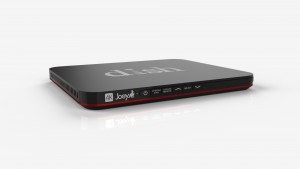
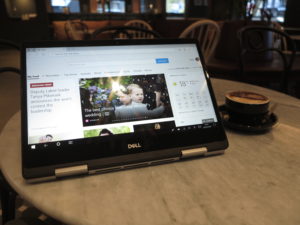
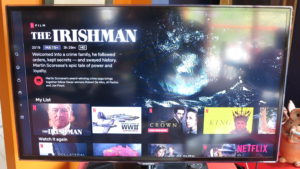


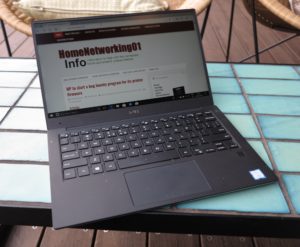
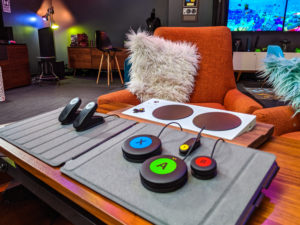

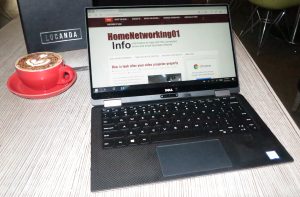

![Map of Europe By User:mjchael by using preliminary work of maix¿? [CC-BY-SA-2.5 (http://creativecommons.org/licenses/by-sa/2.5)], via Wikimedia Commons](https://homenetworking01.info/wp-content/uploads/2014/06/512px-Blank_map_europe_coloured.svg_-300x229.png)



